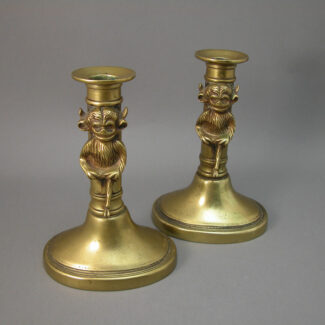Nicholas Hornyansky (Hungarian/Canadian, 1896-1965) ARCA, OSA, CPE, FIAL, ACPS
‘Bridal Veil; Ball’s Falls’
aquatint, framed
(image): 4 3/8” high x 5 5/8” wide
(impression): 5” high x 6 3/8” wide
(frame): 9 3/8” high x 10 ¼” wide
Notes: “Historic Old Fort Niagara / An Ancient Gateway to the West / On that corner of the peninsula in New York State, looking north over Lake Ontario, looking west across the mouth of the Niagara River, is this historic fort, first built in 1726 under the direction of Louis Thomas de Joncaire by Gaspard de Lery under a French appropriation of approximately six million dollars. It was called a chateau so as not to arouse the suspicion and hostility of the Indians, but it had walls four feet thick, huge interior stone arches to take up the repercussions of cannon fire, and inside was a well as a precaution against siege. Cut stone for window and door casements was shipped from Frontenac (Kingston) but the timber came from the woods nearby. Between 1750 and 1759 the fort was converted into an elaborate stronghold with its system of earthworks, moats and powder magazine. Sir William Pitt had said in parliament that, next to the citadel at Quebec, Fort Niagara was the most important post in America and must be taken at all costs. The English assault came in July ’59. The battle took place south of the Fort and is known in history as La Belle Famile. Over six hundred soldiers, eleven officers and their wives marched out of Fort Niagara as prisoners of war. The French had lost the key to the west and a new era had begun with Sir William Johnson as commander at the Fort. The English held Fort Niagara after the Treaty of Paris, until 1796, when the United States took possession. So, as the engraving shows, Fort Niagara has been under three flags. The task of rehabilitating the Fort was completed in 1934 and is one of the finest works of restoration in America.” ~ Louis Blake Duff









